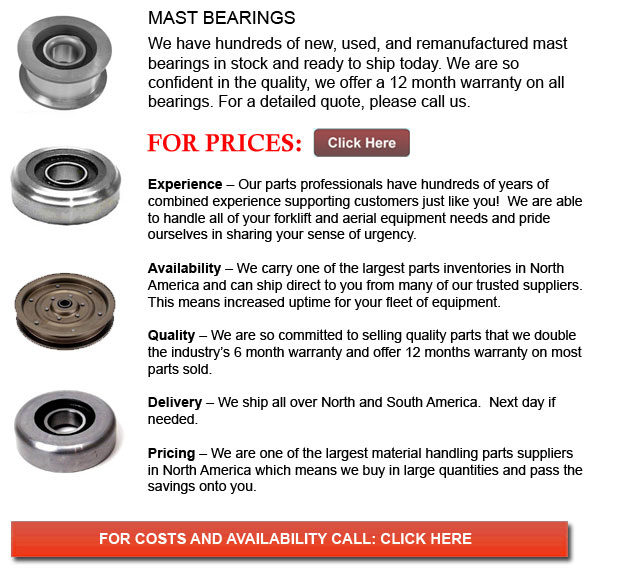
Mast Bearings - A bearing allows for better motion between at least 2 components, usually in a linear or rotational sequence. They can be defined in correlation to the flow of applied weight the can take and in accordance to the nature of their application
Plain bearings are extremely generally used. They use surfaces in rubbing contact, often together with a lubricant like for example graphite or oil. Plain bearings may or may not be considered a discrete device. A plain bearing could consist of a planar surface that bears one more, and in this instance will be defined as not a discrete gadget. It could have nothing more than the bearing surface of a hole together with a shaft passing through it. A semi-discrete example would be a layer of bearing metal fused to the substrate, whereas in the form of a separable sleeve, it would be a discrete tool. Maintaining the right lubrication allows plain bearings to be able to provide acceptable accuracy and friction at the least expense.
There are other types of bearings that can better accuracy, reliability and develop effectiveness. In many uses, a more appropriate and exact bearing can improve operation speed, service intervals and weight size, thus lowering the total costs of operating and purchasing equipment.
Several kinds of bearings together with varying lubrication, shape, material and application are available. Rolling-element bearings, for example, make use of spheres or drums rolling between the components to be able to lower friction. Less friction provides tighter tolerances and higher precision than plain bearings, and less wear extends machine accuracy.
Plain bearings can be made of metal or plastic, depending on the load or how corrosive or dirty the surroundings is. The lubricants that are utilized may have drastic effects on the friction and lifespan on the bearing. For instance, a bearing can be run without any lubricant if continuous lubrication is not an option in view of the fact that the lubricants can be a magnet for dirt which damages the bearings or tools. Or a lubricant can better bearing friction but in the food processing industry, it may need being lubricated by an inferior, yet food-safe lube in order to prevent food contamination and guarantee health safety.
Nearly all bearings in high-cycle applications need some lubrication and cleaning. They can need regular modification to be able to lessen the effects of wear. Some bearings can require infrequent repairs so as to avoid premature failure, while fluid or magnetic bearings can require little preservation.
Prolonging bearing life is usually done if the bearing is kept clean and well-lubricated, although, some kinds of use make consistent upkeep a hard task. Bearings located in a conveyor of a rock crusher for instance, are constantly exposed to abrasive particles. Frequent cleaning is of little use because the cleaning operation is expensive and the bearing becomes contaminated once more as soon as the conveyor continues operation.
![]() Click to Download the pdf
Click to Download the pdf
Forklift Parts
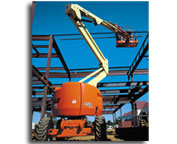
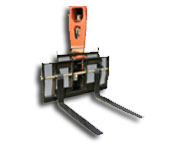
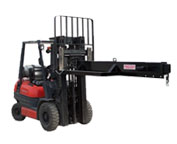
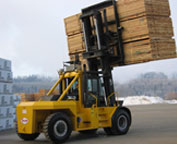
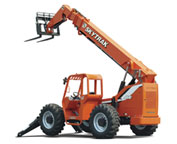
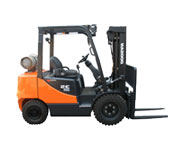
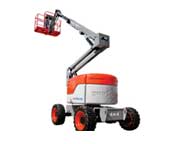
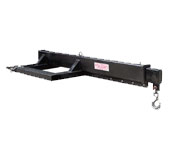
Lift Parts Express
TOLL FREE: 1-888-695-7994
Grande Prairie, Alberta
forkliftpartsgrandeprairie.ca
Email Us
About Us


